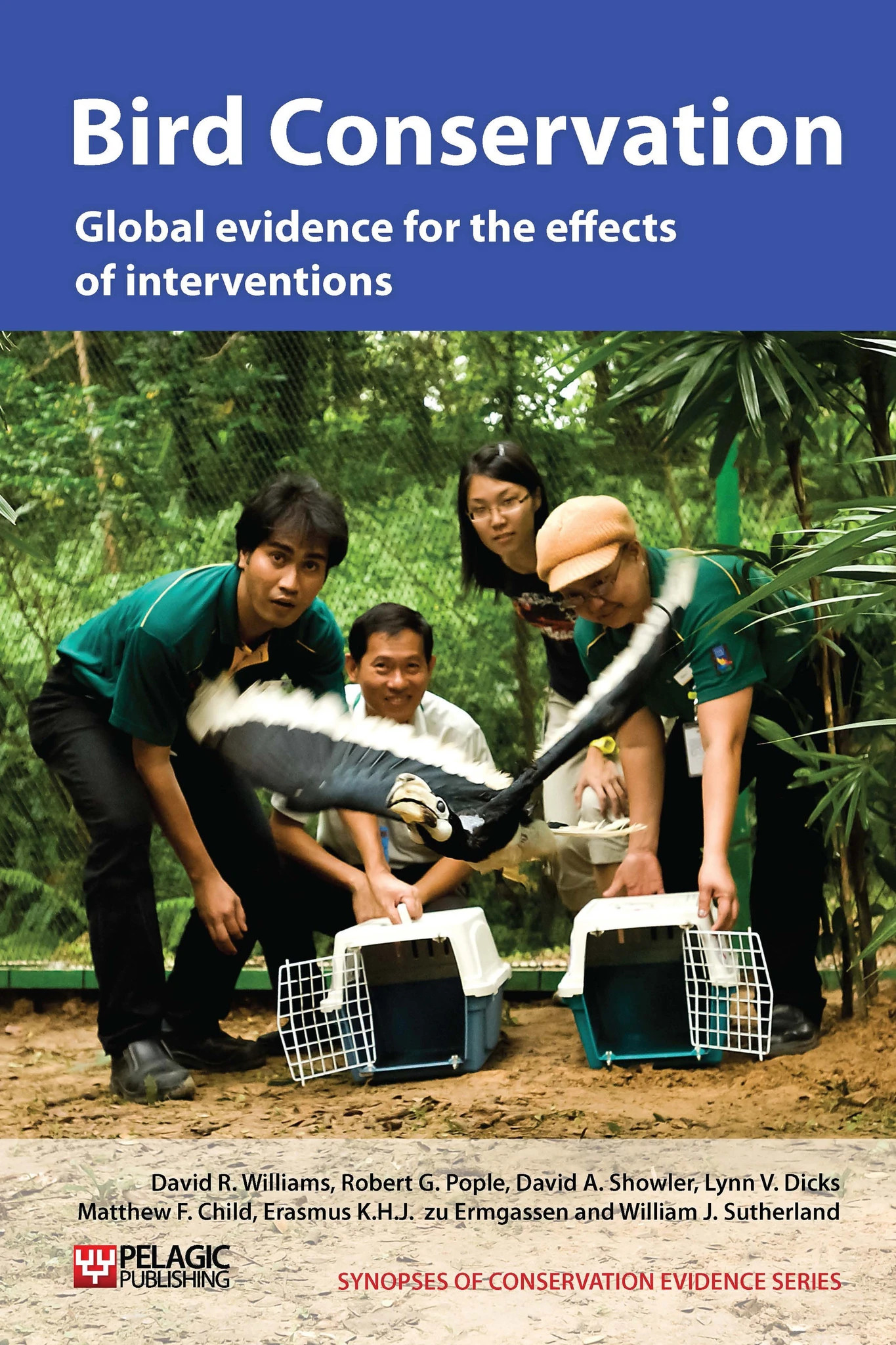Water nesting mounds to increase incubation success in malleefowl
-
Overall effectiveness category Unknown effectiveness (limited evidence)
-
Number of studies: 1
View assessment score
Hide assessment score
How is the evidence assessed?
-
Effectiveness
9% -
Certainty
10% -
Harms
0%
Study locations
Supporting evidence from individual studies
A small controlled trial in mallee scrub in South Australia, Australia, in October-December 1981 (a drought year) Booth & Seymour (1984) found that two malleefowl Leipoa ocellata nest mounds which were watered to promote microbial decomposition were abandoned around the 6th December, after birds constructed egg chambers but did not lay eggs. However, the internal temperature rose to approximately 35oc following the addition of 400 litres of water (equivalent to approximately 57 mm of rain on the mounds), compared to a maximum of approximately 25oC for two control (unwatered) mounds. However, watered mounds dried out in late November, the temperature fell and birds abandoned them. Control nests were abandoned around 12th November.
Study and other actions tested
Where has this evidence come from?
List of journals searched by synopsis
All the journals searched for all synopses
This Action forms part of the Action Synopsis:
Bird Conservation
Bird Conservation - Published 2013
Bird Synopsis





)_2023.JPG)














